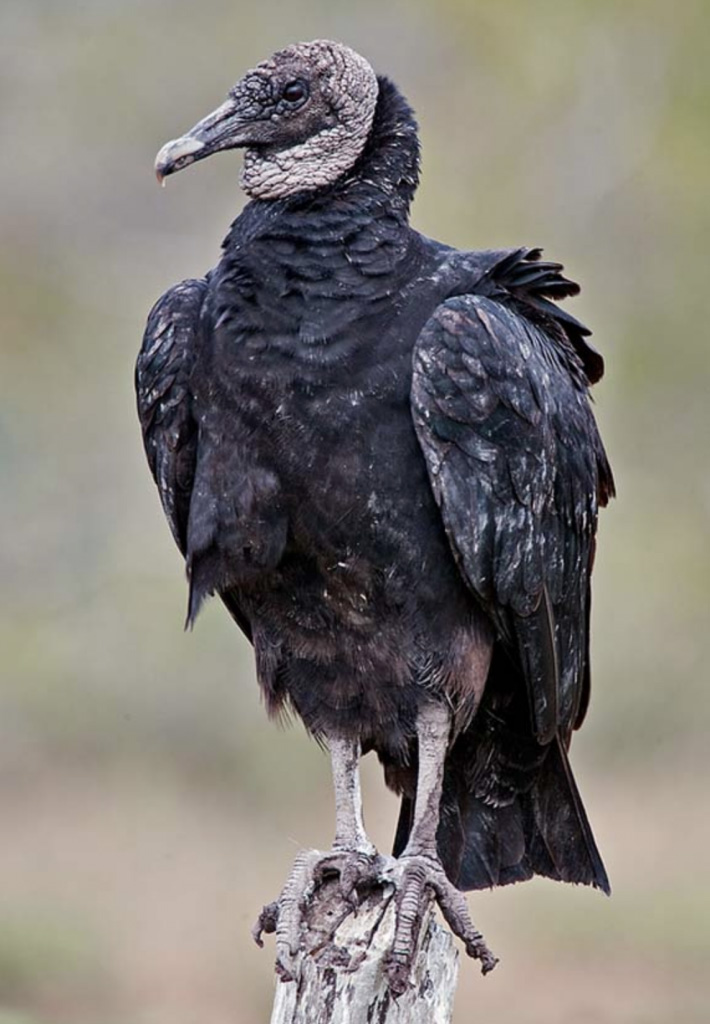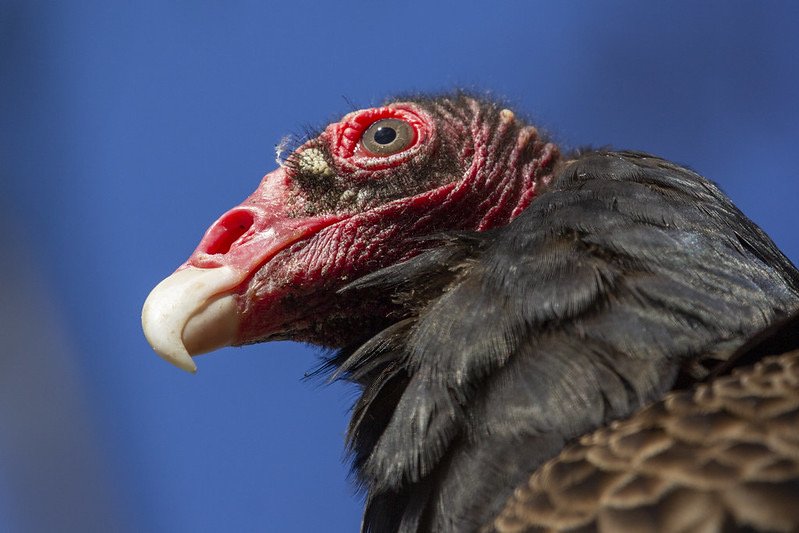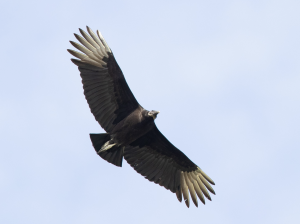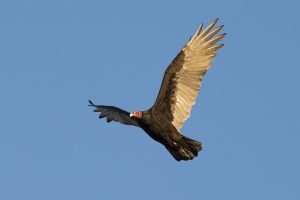Vultures
Vultures

Vultures have bad reputations, but why?
The misunderstood vulture needs some of our love. Vultures are often described as ugly, or even alien looking. And they eat dead things, ugh! But their bad reputation is not deserved. Let’s find out why.
Without vultures, our planet is doomed. Ok, maybe a bit melodramatic. But they keep our land clean from dead animal carcasses which is a very important job. So let’s start at the beginning.
A California condor painted by John James Audubon
We Love Vultures
With all the bad rap about vultures, you might find it surprising we (Dale & I) love them. And what is not to love about these magnificent creatures. Skeptical you say? Well, read on to be enchanted. Or at least enlightened.
First, they eat dead animals. When an animal dies, its body often stays right where it dies and starts to decay. While it might sound disgusting, vultures eat these dead animals and help prevent diseases like botulism and anthrax spreading.
Now would you rather have a vulture around or botulism? They are truly the winged vacuum cleaners of our planet, keeping the environment clean from rotting carcasses.
What Happens If They Disappear?

What would the world look like with no vultures? Photo: Doug Greenberg/Flickr
But why should we care? And what happens if they disappear?
Look at India in the 1990s. Cows in India are often left in the field when they die because of religious customs. Vultures ate the cow carcasses. Unfortunately, the cows were being treated with a popular drug which when ingested by the vultures, killed them.
Over 98% of the vulture population died. What happened next? Catastrophe.
Water contamination soared due to rotting carcasses. The feral dog population exploded because they had lots of carcasses to eat. Along with the dogs came rabies, anthrax and the plague. Wow, the plague!
Thousands of people died from rabies when bitten by the dogs. India spent $34 billion in additional healthcare costs because of the massive rabies epidemic. Thankfully, the drug is now banned and vulture populations are beginning to stabilize. A world without these important scavangers is not a pretty place.
How Many Vultures In North America?
In the US, there are 3 vultures, the black , the turkey and the California condor. The condor, the largest bird in North America, was on the brink of extinction but was saved in one of the greatest conservation success stories ever. You can read their conservation story here.
Most of what we see high in the skies are turkey or black vultures. And how do you tell one from the other?
Look at them in flight. The black vulture has white wingtips and is much smaller. The turkey vulture has white on the edges of their wings. And if they get closer, you will see the turkey vulture has a bald, red head whereas the black has a bald, black head.
- Look at the wing tips. Black vulture.
- Look at the white the whole length of the wing. Turkey vulture.
Cool Facts
One of the coolest facts about vultures? They poop on their legs to stay cool. It also helps sterilize their legs (which sounds very counter-intuitive) from all the bacteria from the carcasses. Also, when threatened, the turkey vulture will vomit on whatever is near, including you. Wow, this just gets better & better.
But why do they have bald heads and necks? Well, it is rather gross. As they bury their heads in a carcass, the bare skin (without feathers) stays cleaner. Parasites and other nasty bugs don’t cling to them, which keeps them healthy. So, there is a reason they don’t have feathers on their heads, which makes them ugly to some.
And they have huge feet with really long toes. Why is that? They use them to walk and to hold down the carcass when they are eating. Their feet also help keep them regulate their body temperature and stay cool.

Vultures poop on their legs to stay cool.
How Can You Help?

What is not to love about vultures? Photo: Dennis Church/Flicker
So maybe now you have fallen in love with these wonderful creatures. What can you do?
Visit and support zoos that help protect them. Many zoos have vulture conservation programs.
Spread the word, including posting on social media about all the cool things about them like pooping on their legs! Show your love of vultures so being a vulture will no longer suck.
Learn More

Dale Weiler’s turkey vulture sculpture called The Juvenile
To read more on how to tell a turkey vulture from a black one, read this article.
For detailed descriptions of each kind of North American vulture, TheCornelLab has an overview of each vulture:


